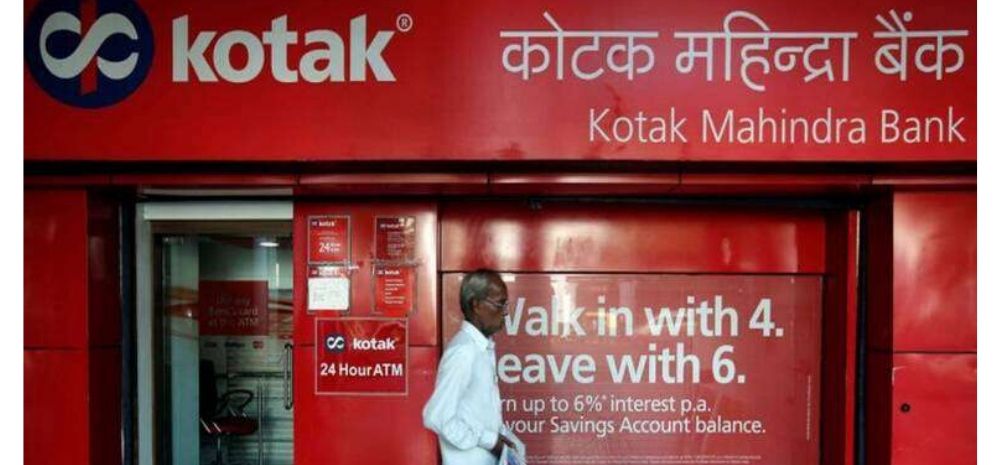The Reserve Bank of India (RBI) has imposed restrictions on Kotak Mahindra Bank, halting the onboarding of new customers through online and mobile channels and issuing fresh credit cards due to serious deficiencies and non-compliances. While existing customers remain unaffected, the regulatory crackdown will likely hinder the bank’s customer acquisition targets and growth prospects in the short term.

Impact on Existing Customers: Existing customers of Kotak Mahindra Bank can continue to use their credit cards and conduct transactions online and offline without any disruption. The RBI’s restrictions specifically target new customer onboarding and credit card issuance, ensuring that current customers can avail themselves of uninterrupted banking services.
Reasons Behind RBI’s Crackdown: The RBI’s actions stem from significant concerns arising from its IT examinations of Kotak Mahindra Bank in 2022 and 2023, highlighting serious deficiencies in IT inventory management, patch and change management, user access management, and other areas. The bank’s failure to address these issues adequately prompted the regulatory intervention.
Service Disruptions and Outages: Kotak Mahindra Bank has experienced multiple service disruptions and outages in its Core Banking System (CBS) and digital banking channels, culminating in serious inconveniences for customers. The absence of a robust IT infrastructure and risk management framework has impacted the bank’s ability to provide efficient customer service.
Lifting of Restrictions: The RBI has stipulated that the restrictions will be lifted once Kotak Mahindra Bank conducts an external audit with prior approval from the RBI and rectifies all flagged deficiencies to the satisfaction of the regulator. Until then, the bank must address the identified shortcomings to ensure operational resilience.
Conclusion: While existing customers of Kotak Mahindra Bank remain unaffected by the RBI’s ban on credit card expansion and new customer onboarding, the regulatory crackdown underscores the importance of robust IT infrastructure and compliance with regulatory guidelines. The bank must swiftly address the identified deficiencies to restore confidence and ensure seamless banking services.












